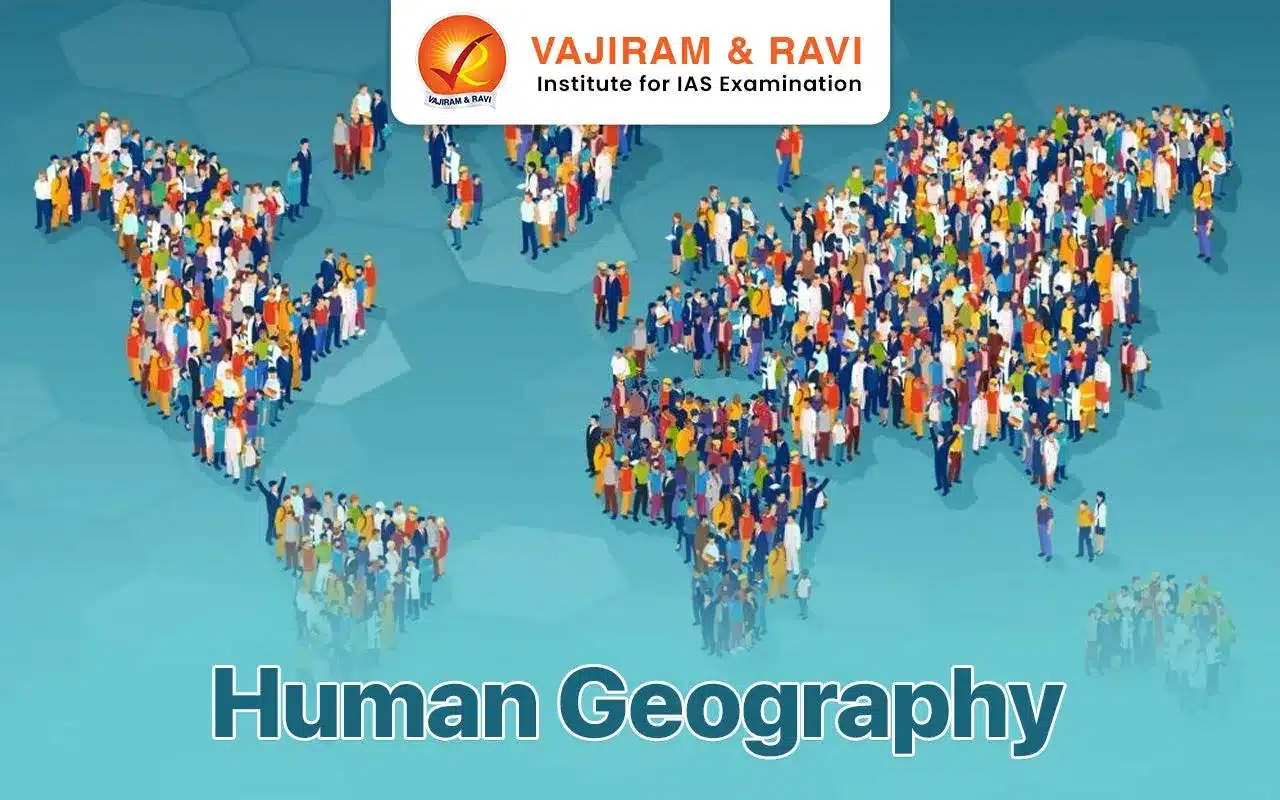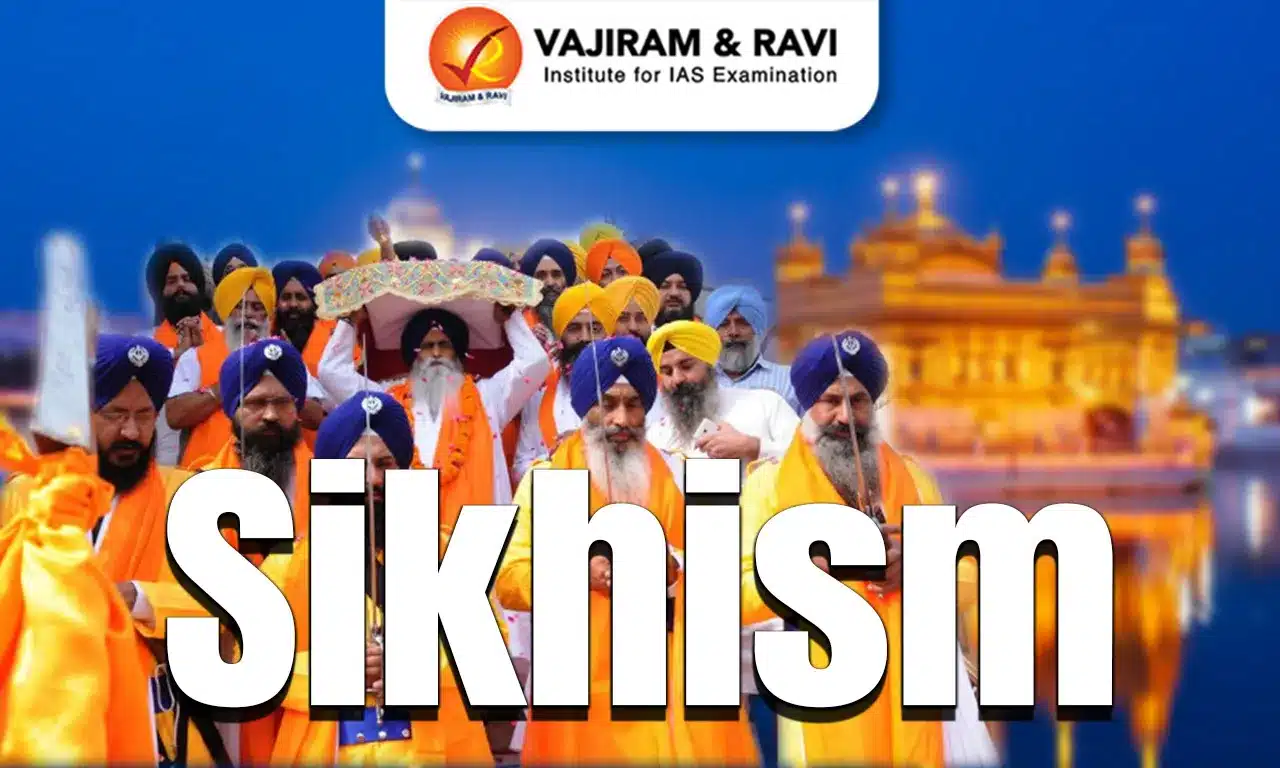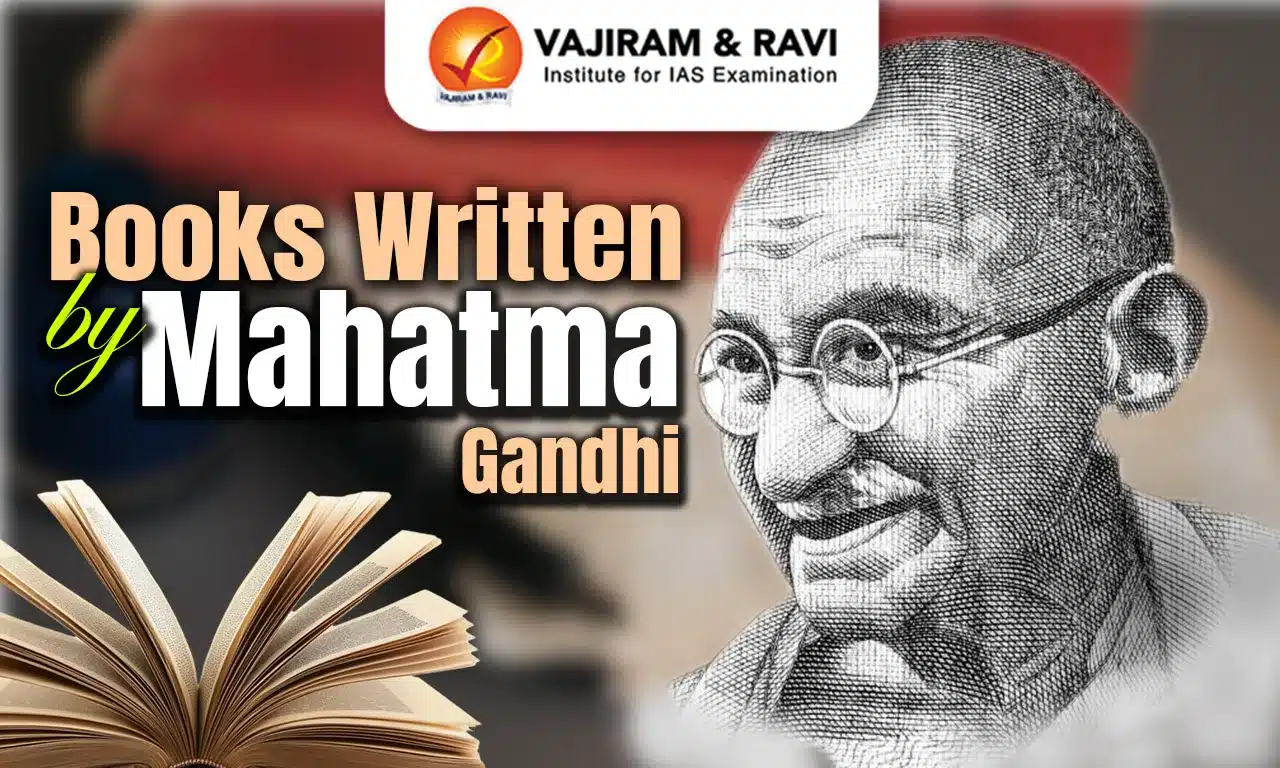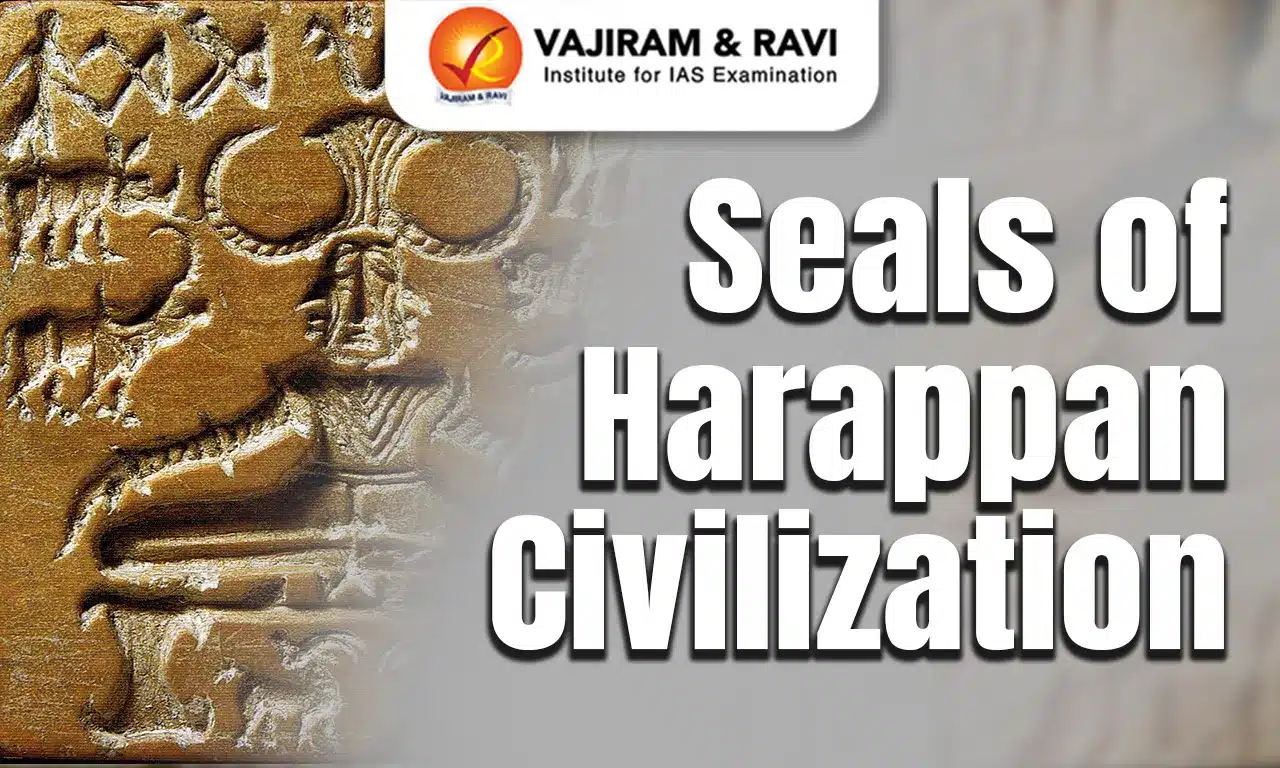Human geography is the branch of geography that studies humans, their communities, cultures, economy, and interactions with the environment. The main characteristics of human geography are population density and distribution, migration, human settlements, and human development. It often investigates how these subjects vary geographically and temporally across the world.
Human geography consists of several sub-disciplinary fields that focus on different elements of human activity and organisation, for example – social geography, cultural geography, economic geography, political geography, population geography, etc.
Population
The population of the world is unevenly distributed with some places having low concentrations of population and some having high. This is known as the distribution of population.
- Density of Population: Each unit of land has a limited capacity to support people living on it. The ratio between the number of people to the size of the land is the density of the population.
- Distribution of Population: It depends on various factors such as geographical factors (climate, soil, etc), economic factors (availability of mineral resources, industrialisation, urbanisation, etc), and socio-cultural factors.
- Population Growth: Population growth depends on birth rate, death rate and migration. The difference between fertility and mortality is called the natural growth rate.
- According to the United Nations, the worldwide human population grew to 8.0 billion in mid-November 2022, up from an estimated 2.5 billion in 1950. The world’s population is predicted to grow by roughly 2 billion during the next 30 years.
- This remarkable development has been fueled mostly by an increase in the number of individuals living to reproductive age, a gradual increase in human lifespan, increased urbanisation, and accelerated migration.
- Migration: The rate of migration affects the growth of the population of a region by increasing or decreasing the number of people living there.
- Migration might be classified as permanent, transient, or daily.
- Migration can be both internal (within national borders) and international.
- In India, migrants are divided into four categories: rural to rural, rural to urban, urban to urban, and urban to rural.
- The three important sources of information on internal migration are the national census, population registers, and sample surveys.
- Malthusian Theory of Population: Thomas Robert Malthus was the first economist to propose a systematic theory of population in 1798. He believed that the population could be controlled to balance the food supply through positive checks and preventative checks.
Demography
Demography studies the structure and composition of the population, various trends, and processes associated with a population including – changes in population size; patterns of birth, death, and migration across varying age groups.
- Demographic studies also focus on the process of counting or enumeration; which includes census or survey and the systematic collection of data on the people residing within a specified region.
Human Geography Characteristics
- Population pyramid: Age and sex structure can be graphically represented by depicting the distribution of distinct age groups by sex, often known as population pyramids.
- Population pyramids are classified into three types: progressive, regressive, and stagnant.
- Sex Ratio: It can be defined as a simple count of males and females in a population.
- According to NFHS 5, the sex ratio in India (females per 1,000 males) is 1,020.
- Population of India: India has overtaken China as the world’s most populous country, according to UN population estimates, 2023.
- Uttar Pradesh is the most populous state in the country and Sikkim is the least populous state.
- Demographic Dividend: It refers to the process through which a changing age structure can stimulate economic growth.
- A country is said to have a demographic dividend if the majority of its population is in the productive age (15-64 years).
- India is predicted to remain in the demographic dividend window for 37 years, from 2018 to 2055. This window, however, is available at different periods in different states due to the varied behaviour of the population characteristics.
- According to the Economic Survey 2018-19, India’s demographic dividend will peak around 2041, when the working-age population is predicted to reach 59 per cent.
- Sources: Population data can be found from various sources.
- Census: The census is the single largest source of data for population studies conducted at an interval of 10 years. It offers primary population data such as age, gender, marital status, economic activity, occupations, migration, literacy, and so on.
- National Family Health Survey (NFHS): It is a large-scale, multi-round survey that collects data on fertility, infant and child mortality, family planning practices, maternal and child health, reproductive health, nutrition, anaemia, and the use and quality of health and family planning services in India.
Human Development
The concept of human development was introduced by Dr Mahbub-ul-Haq. He defines human growth as anything that expands people’s options and improves their lives.
- Four Pillars of Human Development: Human development is based on the ideals of equity, sustainability, productivity, and empowerment.
- Equity refers to making equal access to opportunities available to everyone irrespective of their gender, race, income, etc.
- Sustainability means continuity in the availability of opportunities. All environmental, financial, and human resources must be used with a long-term perspective.
- Productivity is defined as human labour productivity or productivity in terms of human work. Such productivity must be sustained by developing people’s capacities.
- Empowerment means having the ability to make decisions. Such power arises from increased freedom and capability. The empowerment of socially and economically disadvantaged populations is particularly important.
- Measuring Human Development: The Human Development Index (HDI) ranks countries based on their performance in critical categories such as health, education, and resource availability.
- According to UNDP, India ranks 134th out of 193 countries in the global Human Development Report of 2023-24.
- Sri Lanka is ranked 78 places ahead of China, which is ranked 75.
- India also ranks below Bhutan (125th) and Bangladesh (129th). Switzerland has been ranked number one.
Approaches to Human Development
There are many ways of looking at the problem of human development. Some of the important approaches are:
- Income Approach: The level of income reflects the level of freedom an individual enjoys. The higher the level of income, the higher the level of human development.
- Welfare Approach: The approach argues for higher government expenditure on education, health, social secondary, and amenities. People are not participants in development, but rather passive recipients.
- Basic Needs Approach: The International Labour Organisation (ILO) first advocated this strategy. Six basic requirements have been defined, which include health, education, food, water supply, sanitation, and shelter.
- Capability Approach: This approach is associated with Prof. Amartya Sen.
- Building human skills in areas such as health, education, and resource availability is critical to advancing human development.
Human Settlement
Settlement is a form of human habitation that ranges from a single dwelling to a large city. A settlement may have a specific nature and its evolution is based on various factors. Settlements may develop taking up myriad shapes, forms, and patterns.
- Types of Human Settlement:
Settlements are usually classified into two types – rural and urban. The basic distinction between rural and urban regions is the economic activities.
Rural Settlement
Any settlement in which most of the people are engaged in primary activities such as agriculture, forestry, mining, and fishery is known as rural settlement. Various circumstances and situations contribute to the existence of distinct types of rural settlements:
- Physical features: nature of terrain, altitude, climate, and availability of water.
- Cultural and ethnic factors: social structure, caste, and religion.
- Security factors: defence against thefts and robberies.
| Types and Patterns of Rural Settlements in India | |
| Compact settlement | – These settlements have densely built-up areas. As a result, in such settlements, all of the dwellings are concentrated in a single central location, and these populated regions are different from the farms and meadows.
– These settlements are generally found in highly productive alluvial plains. |
| Semi- Compact Settlement | – Such settlements are characterised by small but
compact nuclears around which hamlets are dispersed. – It covers a larger area than compact settlements. These villages can be found on plains or plateaus, depending on the local environmental conditions. |
| Dispersed Settlement | – These are generally found in hills, plateaus, and grasslands.
– Dwellings are spread over a large area and spaces are large. |
Urban Settlement
Urban Settlements are those where the inhabitants of the settlement depend on non-primary activities for their livelihood.
- Activities: These activities range from manufacturing, service and management functions, banking, regional and national headquarters office activity, etc.
- Definitions: According to the census of India urban areas are those which satisfy conditions given below.
- All places with a municipality corporation, cantonment board, notified town area committee, etc.
- A minimum population of 5000;
- at least 75 percent of the male working population engaged in the non-agricultural sector; and
- a density of population of at least 4,000 persons per square kilometre.
| Types of Urban Settlement | |
| Town | Less than one lakh population. |
| City | Population between one lakh to one million. |
| Metropolitan Cities | Population between one million to five million. |
| Megacities | More than 5 million people. |
Human Geography UPSC PYQs
Question 1: India is regarded as a country with a “Demographic Dividend’’. This is due to– (UPSC Prelims 2011)
- Its high population in the age group below 15 years.
- Its high population in the age group of 15-64 years.
- Its high population in the age group above 65 years.
- Its high total population.
Answer: (b)
Last updated on April, 2025
→ UPSC Notification 2025 was released on 22nd January 2025.
→ The UPSC Vacancy 2025 were released 1129, out of which 979 were for UPSC CSE and remaining 150 are for UPSC IFoS.
→ UPSC Admit Card 2025 is expected to release in first week of May for CSE Prelims Exam 2025.
→ The UPSC Prelims 2025 is scheduled to be conducted on 25th May 2025 and UPSC Mains 2025 will be conducted on 22nd August 2025.
→ Apply once through it and aspirants can apply for various government exams conducted by UPSC.
→ The UPSC Selection Process is of 3 stages-Prelims, Mains and Interview.
→ UPSC Result 2024 is released with latest UPSC Marksheet 2024. Check Now!
→ UPSC Toppers List 2024 is released now. Shakti Dubey is UPSC AIR 1 2024 Topper.
→ Also check Best IAS Coaching in Delhi
Human Geography FAQs
Q1. What is the need for human development?+
Q2. What is the population of India?+
Q3. What is population geography?+
Q4. What are the branches of human geography?+
Tags: human geography quest
















